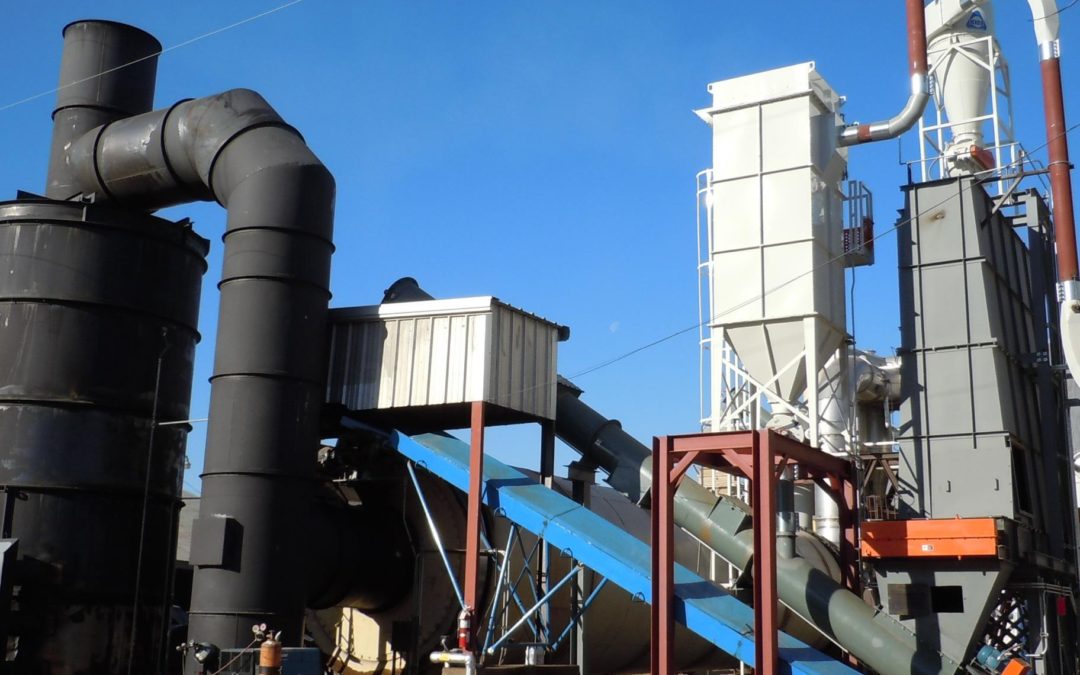It’s Time To Winterize
Southern loggers and their equipment may not have to cope with the brutally harsh winter conditions faced by their Northern counterparts, but that doesn’t mean they can ignore colder weather challenges. Here are a few simple steps every logger can take to help ensure uninterrupted productivity as the temperature drops.
Change to a lighter-weight engine oil. Most forestry equipment manufacturers recommend switching from heavier 15w40 to lighter 10w30 for winter operation. The lighter oil makes morning starts easier, reducing the load on batteries. It also flows more quickly and smoothly through cold engines to better accomplish its engine-protecting mission.
Check engine coolants. For winter conditions in most of the region’s forests, a glycol concentration of 50% is more than sufficient, protecting against coolant freezing down to -30ºF. Test-strip kits make this check easy, even in the field. If the glycol concentration is low, add glycol to your cooling system until the concentration reaches the desired level. If the cooling system is full, you will need to drain some coolant before adding glycol.
Also test for the proper level of coolant additives, which protect the cooling system against corrosion and cavitation. Separate test strips are available for additive testing. If the additive concentration is low, add the concentrated coolant additive specified in your owner’s manual.
Be sure to always use the proper manufacturer-specified coolant or additive concentrate for each piece of equipment. Newer engines use coolants based on nitrate-free organic acids rather than the nitrate-based coolants specified for older models. Using the wrong coolant, or mixing coolants, can damage an engine if the additive concentrations fall below manufacturer-specified levels.
Winterize fuel, too. Moisture in fuel can condense and freeze in fuel lines, in equipment fuel tanks and in external fuel storage tanks. Adding a manufacturer-specified winter fuel additive once weekly or bi-weekly can help prevent freezing even in the coldest conditions. If you use biodiesel in your equipment, add a manufacturer-specified winter fuel additive with every fill-up.
Check batteries. Batteries suffer the most wear in hot weather, but the results of that wear tend to show up in the winter, when cold-morning cranking puts the heaviest loads on them. Protect your equipment by checking at the beginning of winter to be sure each battery is fully charged and that it is delivering the specified amperage.
Monitor tire inflation. Cold weather can reduce tire pressure by as much as 10%, so be especially vigilant as the temperature drops. Regardless of temperature, tire pressure should be checked weekly on all machines.
Article by Diego Navarro, Aftermarket Sales Manager, Americas, John Deere
Latest News

Tracy Gunter Left Legacy Of Leadership
Tracy C. Gunter, Jr., long respected for his leadership in the logging industry, and owner of Tracy’s Logging, Leesville, SC, died March 23. He was 84. In October 1997, in the 25th anniversary issue of Southern Loggin’ Times, Gunter was named as...

Enviva Closing Amory Mill in Mississippi
Emerging from bankruptcy in late 2024, Enviva announced in early February that it was closing its Amory pellet plant in northeast Mississippi. The Amory facility was the company’s first plant operated in the U.S. and was acquired in 2010. According...
Have A Question?
Send Us A Message
